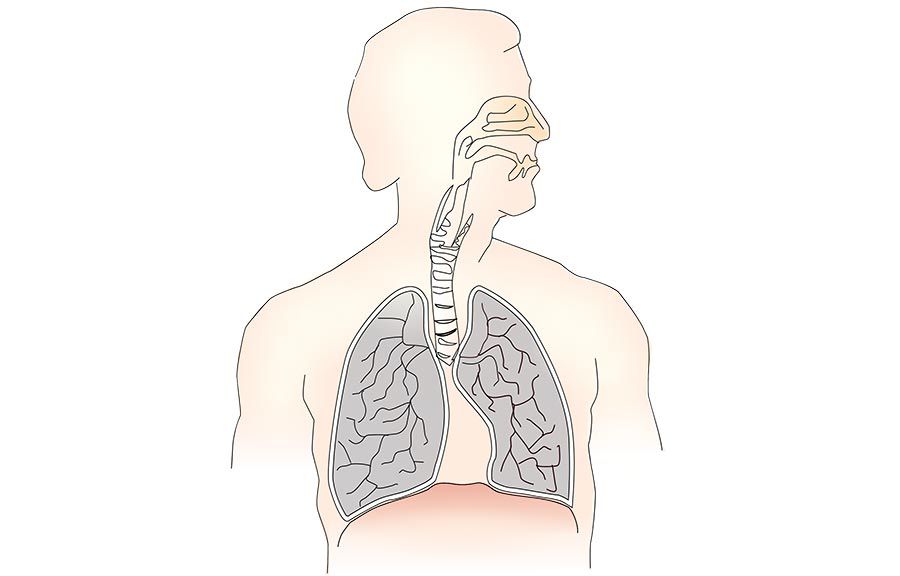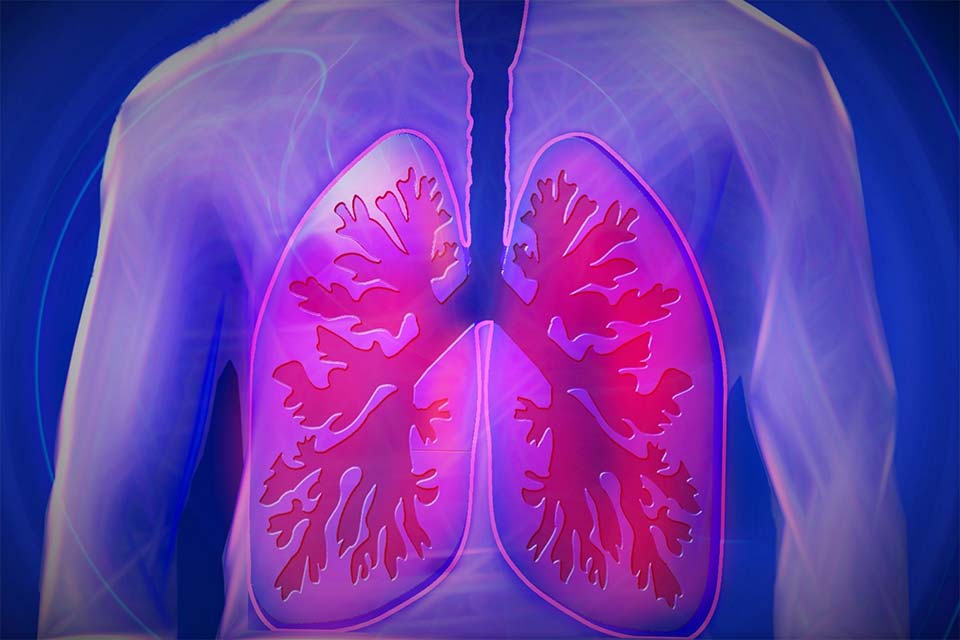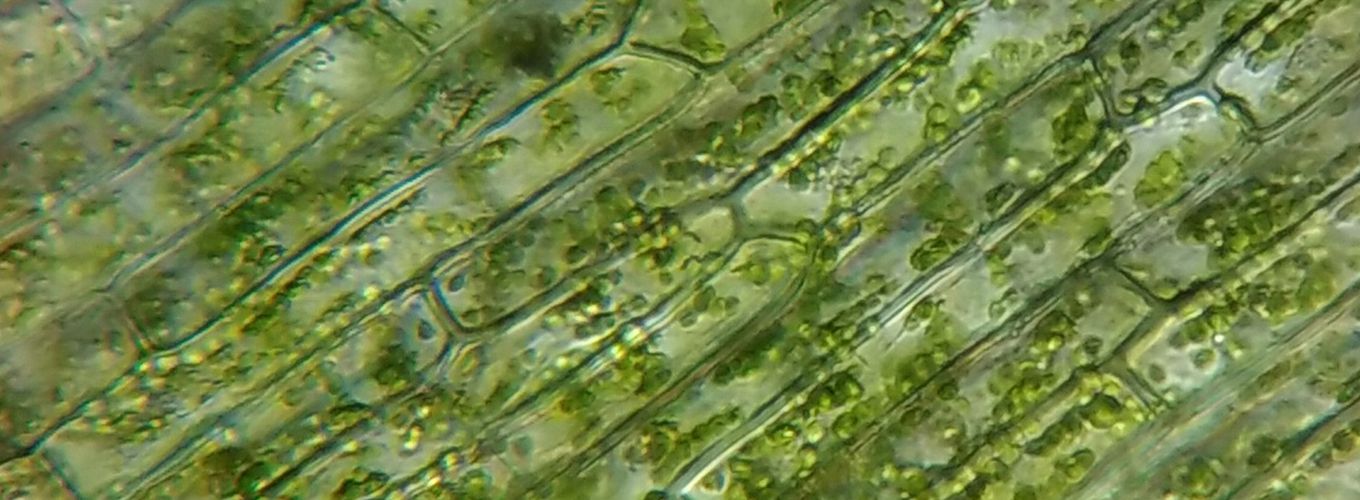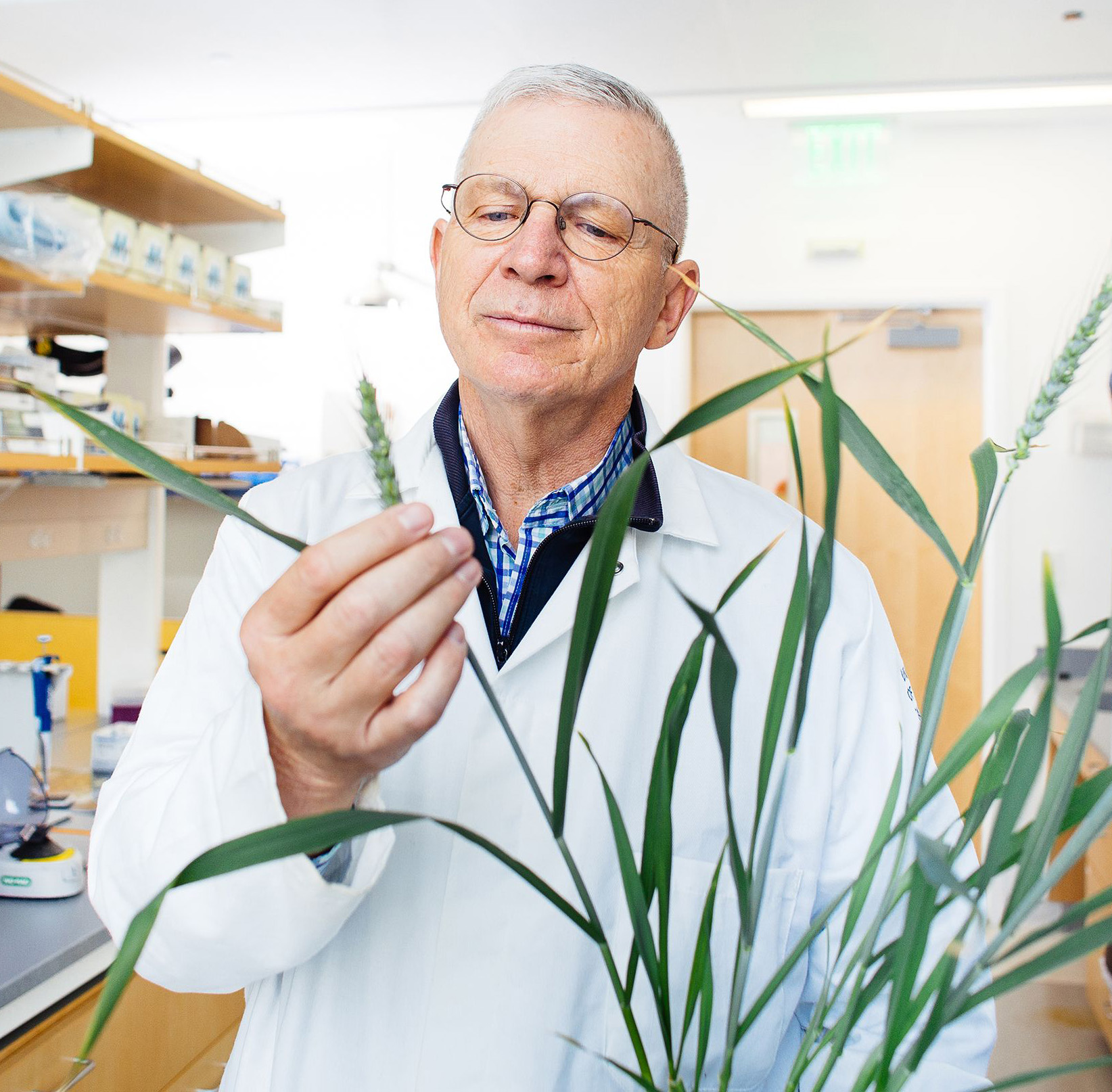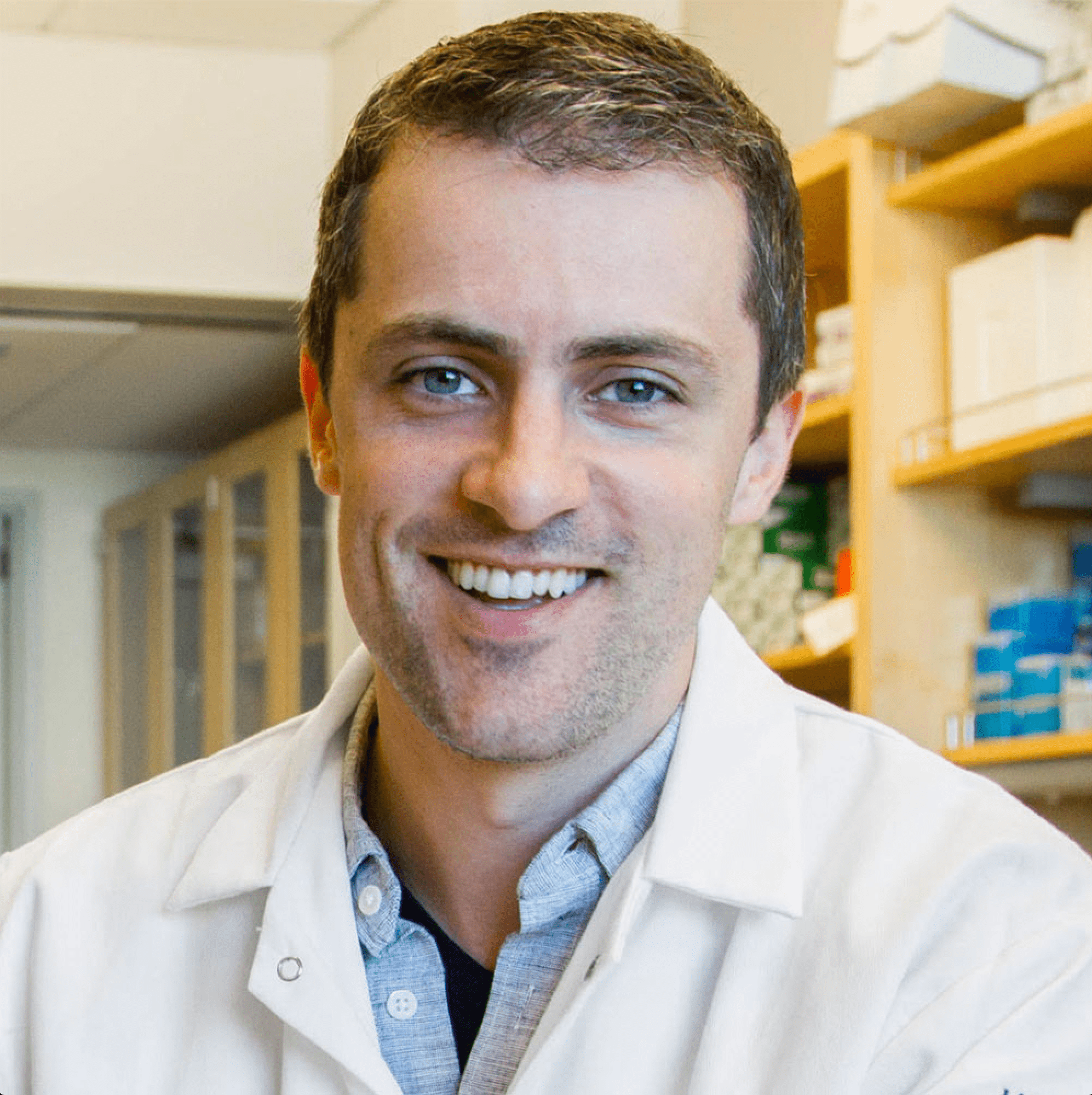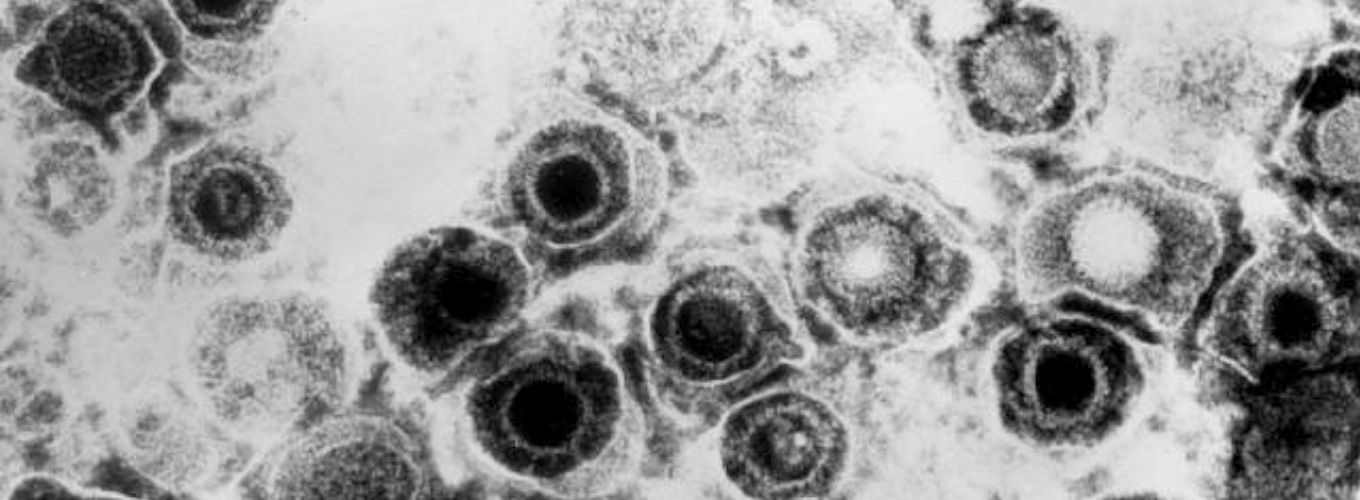Genomics
Institute
Engineering exosomes to deliver CRISPR-Cas9 for genome editing in target cells and tissues
We are engineering a naturally-occurring molecular trafficking system to deliver CRISPR reagents to human cells.
SHARE:
Genome editing promises a revolution in the manipulation of genes in living plant and animal organisms. The genes encoding editing functions may be introduced into cells in order to engineer changes, but the persistence of these genes may cause problems as the cells develop into multicellular organisms. Ideally, a method to introduce the DNA endonuclease, Cas9, and the guide RNAs that promote specific genome changes, would target these molecules to the cell nucleus. Methods to do this are available but targeted cellular uptake and delivery of these molecules to the nucleus is inefficient and imprecise. Therefore, a delivery vehicle capable of directing the introduction of editing functions into specific cells in a multicellular organism would be ideal.
Most cells manufacture small membrane vesicles that export selected proteins and small RNAs to the extracellular space. Some evidence suggests that these extracellular vesicles (EVs or exosomes) convey their content to recipient cells to control gene expression and cell behavior. A number of start-up biotechnology companies are exploring the potential of EVs as drug delivery vehicles. One particular advantage of EVs is that they are natural products of cell membranes, so they may remain immune-privileged when introduced into a host organism. Our lab is attempting to engineer the selective packaging of Cas9 and guide RNAs into EVs using sorting signals that we have identified that promote the selective capture of membrane proteins and small RNAs. The plan is to enhance the efficiency and tissue specificity of EV targeting by incorporating membrane surface receptors and membrane fusion proteins that are known to promote membrane uptake in normal cellular processes.
Share this project:

